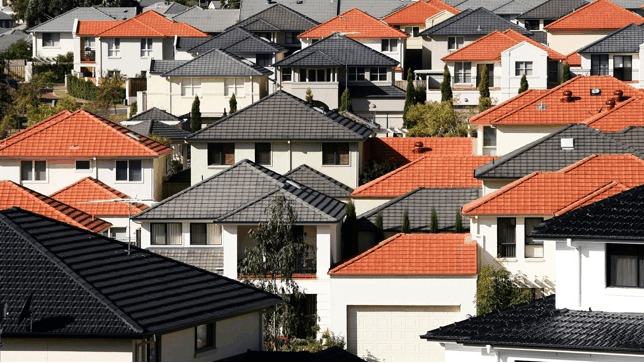
From SQM:
The level of residential property rental vacancies rose during the month of November, recording at a vacancy rate of 2.2% and coming to a total of 62,885 vacancies nationwide, according to figures released this week by SQM Research.
Key Points
Nationally, vacancies increased during November, recording a vacancy rate of 2.2% and coming to a total of 62,885 nationally.
Melbourne has recorded the highest vacancy rate of the capital cities, revealing a vacancy rate of 3.0% and a total of 13,132.
Hobart and Adelaide have recorded the tightest vacancy rate of the capital cities, both revealing a vacancy rate of 1.4% and a total of 385 and 2460 vacancies respectively.
Perth has recorded the highest yearly increase in vacancies, climbing 1.1 percentage points to 2.1% since the corresponding period of the previous year (November 2012) and coming to a total of 3,171 vacancies
Hobart was the capital city to record the largest yearly decrease in vacancies, falling by 0.8 percentage points to 1.4% since the corresponding period of the previous year (November 2012).
Darwin recorded the highest monthly vacancy rate increase, rising a 0.5 percentage points during November 2013, recording vacancy rate of 1.5% and coming to a total of 356 vacancies.
Canberra and Hobart were the only capital cities to record a monthly vacancy rate decline, both falling by a 0.1 percentage point during November 2013 and recording vacancy rates of 2.0% and 1.4% respectively.

